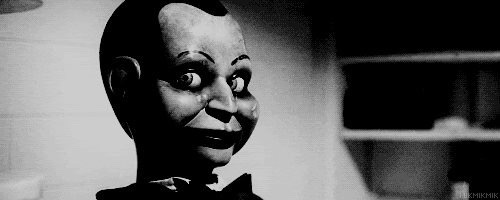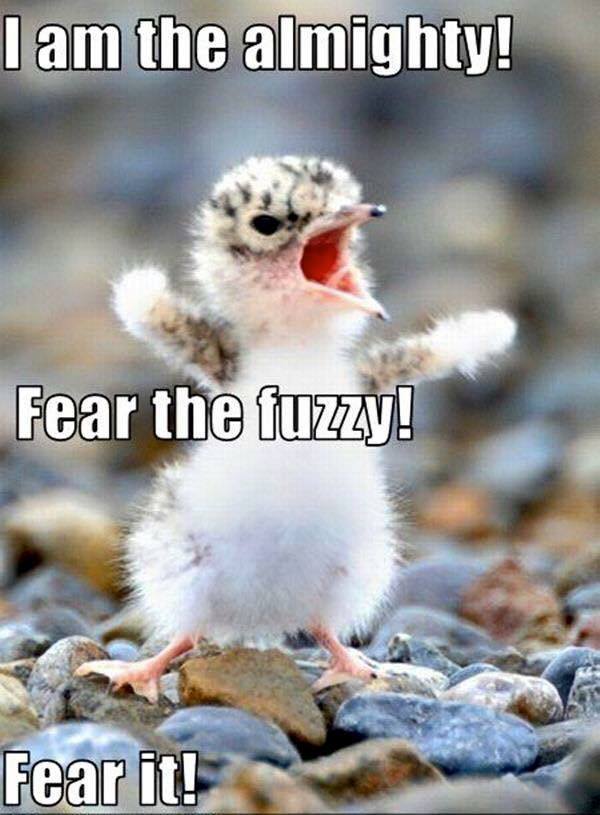https://thenerdsofcolor.org/2017/04/12/writing-to-a-non-existing-audience/ Originally published at Thagomizer
Recently I was having a conversation with a couple of friends and acquaintances regarding the release of my novel, Hollowstone. As I explained the premise behind the book, they expressed it was a novel they would be very interested in reading.
They then expressed that they don’t read books. As the conversation continued, they explained it was in large part to their horrors in school. Horror stories I was all too familiar with. The others elaborated that they hated being forced to read classic literature which usually translated works written by old dead white men and ergo deemed as the only type of “literature” worth reading.
Between having to read pretentious egregious tripe that was irrelevant to teens during their adolescence and mandatory reading during their summer vacations, once they graduated, they vowed never to pick up another book again.
The truth is they aren’t alone. The truth is that there are too many people who do not read for very valid reasons.
The conversations stuck with me for days. It reminded me that I just published a novel in a society of non-readers. While it would be so simple to blame television, movies and video games, the truth is I don’t believe they are the roots of people not reading. In fact, I believe the issue is a lot more sophisticated.
Whether we want to admit it or not, there is a level of elitism when it comes to literature. It was something I learned at an early age. I can’t tell you how many times I caught grief from teachers and other pedantic adults for speculative fiction novels and comics. Sci-fi is so low brow, fantasy is just plain silly, they would tell me. While at the time, I was more than annoyed in having to defend something I enjoyed to small-minded “academics” and “intellectuals.” Looking back on it now, I realize how harmful their actions truly were.

Discouraging an impressionable child from reading is one of the most destructive things an adult can do. In reading, young people are educating themselves and broadening their minds. And I can’t help but wonder, how many other kids who proactively had an interest in reading were discouraged by adults like I was?
But elitism isn’t the only reason many people have lost interest in reading. Browsing the fiction aisles of a bookstore, one will find the selections inundated with novels about straight white characters written by straight white authors for straight white audiences. So if you’re queer and/or a person of color, you probably won’t find bookstores welcoming and would rather spend disposable income elsewhere. And then we wondering why the industry is suffering. The same industry that regularly whitewashes the covers of novels with POC protagonists and exclude LGBTQs from anthologies.
And the selections that are available are derivative rehashings of the same old, same old: the white romance sprinkled with urban fantasy about the heroine who is too caught up with the angsty pretty vampire/werewolf/mage bad boy; the wannabe Gossip Girls; or the legions of Tolkien and Twilight knockoffs.

The other problem I’ve found with a lot of novels is this sense of entitlement. Rather than hooking the audience or doing basic storytelling to intrigue them to want to read, many authors make the mistake of writing the story with this expectation that the readers are going to automatically going to want to read their story without any attempts to make a connection. No efforts are made to make the characters or the plot universal or to transcend the formulas and trappings of its respective genre.
And then they wonder why prospective readers aren’t invested.
A buddy of mine was discussing on a forum about how she didn’t particularly care for a popular series. I was stunned at how three people argued that the first few books of the series were bad but she was still obligated to read until book three when the series improves.

No…..just……no.
All of these things are kept in mind when I write.
Too often I’m reminded that POCs and LGBTQs are often ignored and erased. They need their stories told, They need to have their voices heard. It’s past time that POCs and LGBTQs are celebrated as heroes and heroines and that our experiences and our truths are shared. And while I have two novels under my belt, I have plenty of other stories to tell.

And the best way for those stories to have an impact is to reach the widest audience possible.
Many have credited J.K. Rowling for getting countless people to start reading again and I definitely agree. She wrote an inviting story that appealed to an audience that’s otherwise ignored. A friend of mine said it best, “Rowling’s masterstroke was in creating not just a great story, but a place where a tremendous amount of people would prefer to live.”

One truth I remember when penning a piece is that the audience owes you nothing. This means you only have a few paragraphs to make it worth their while, to leave them wanting more, to leave them dying to find out what happens next.
I’ve found this is best accomplished by writing to the cynic. My goal isn’t just to appeal to fans of urban fantasy or YA. My objective is to appeal to people who don’t read those genres or don’t read period.
How do I make my characters connect with the cynic? How do I make the story relevant to them? It’s been my experience that if you can convert the skeptic, then the converted (your built in audience) will especially love your work.
Appealing to the non-existing audience comes in a myriad of ways: one of them is deifying convention. Avoiding the tropes and formulas and not being afraid to ask, why not?

If it doesn’t detract from the characters or the plot, then why not? Why not create a more diverse and universal cast? Why not turn tropes on their ears? Why not dare to do something meaningful, special?
This is why I write to the audience who’s been ignored and dismissed. This is why my protagonists are often POCs and/or LGBTQs. Young women of color need to have it reinforced in them that they are beautiful, smart and powerful and they are more than capable of saving the world. Queer boys need to be reminded that they are just as capable of kicking ass and having epic adventures as their cis straight peers.
Storytelling (and art in general) is not only meant to entertain but to uplift and challenge us to progress and evolve. But how can storytelling accomplish this, if no one is reading?




















